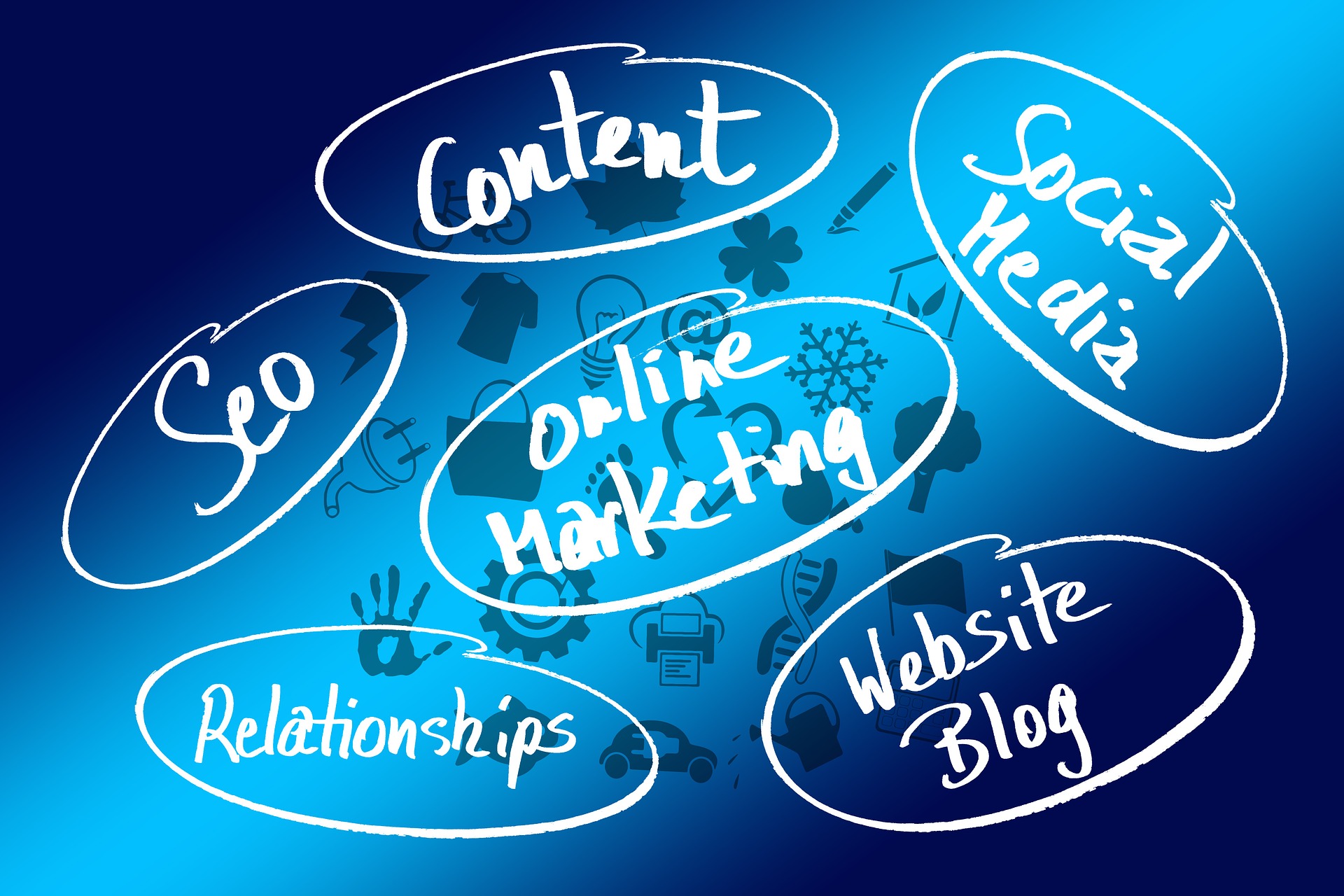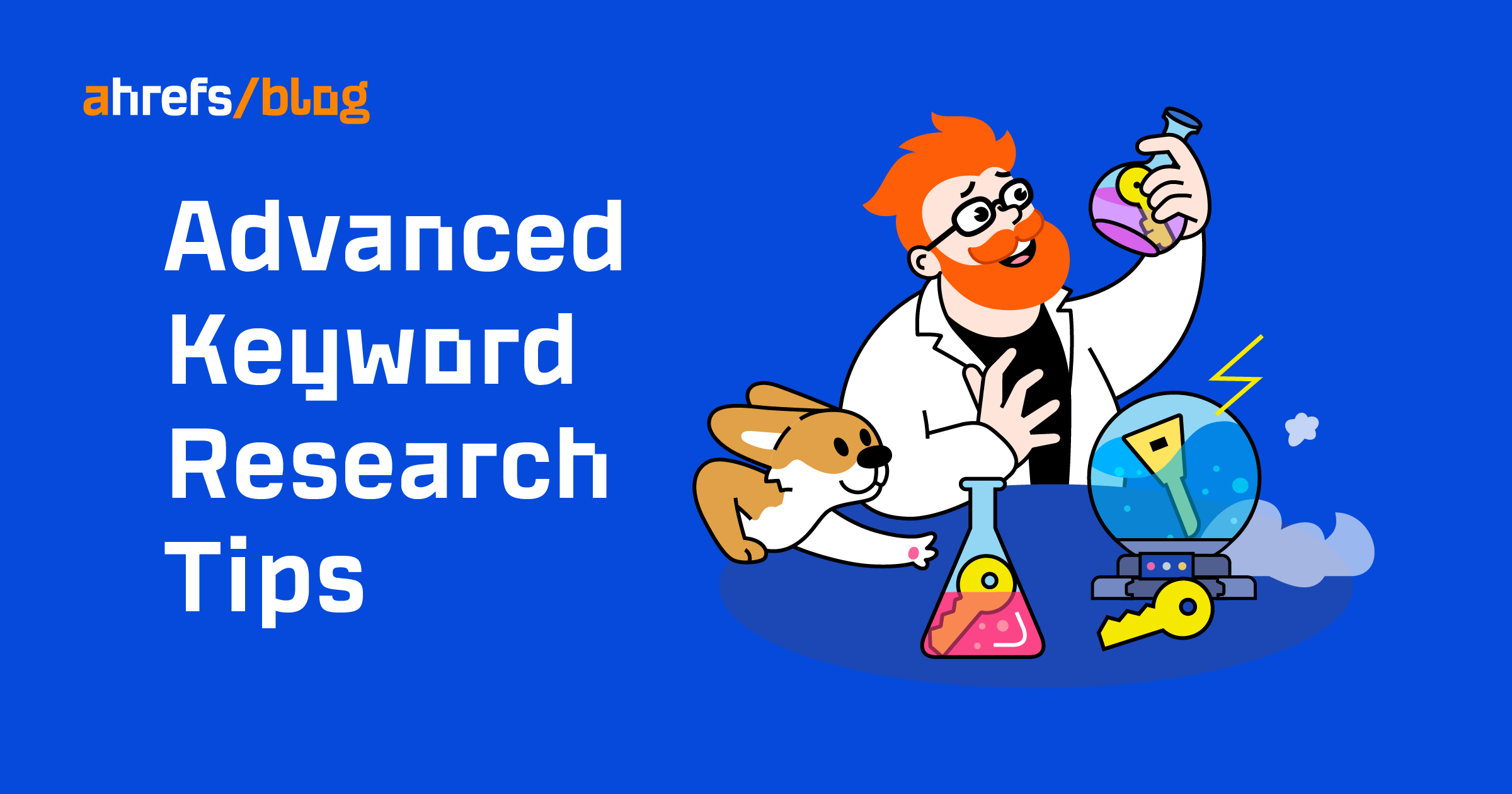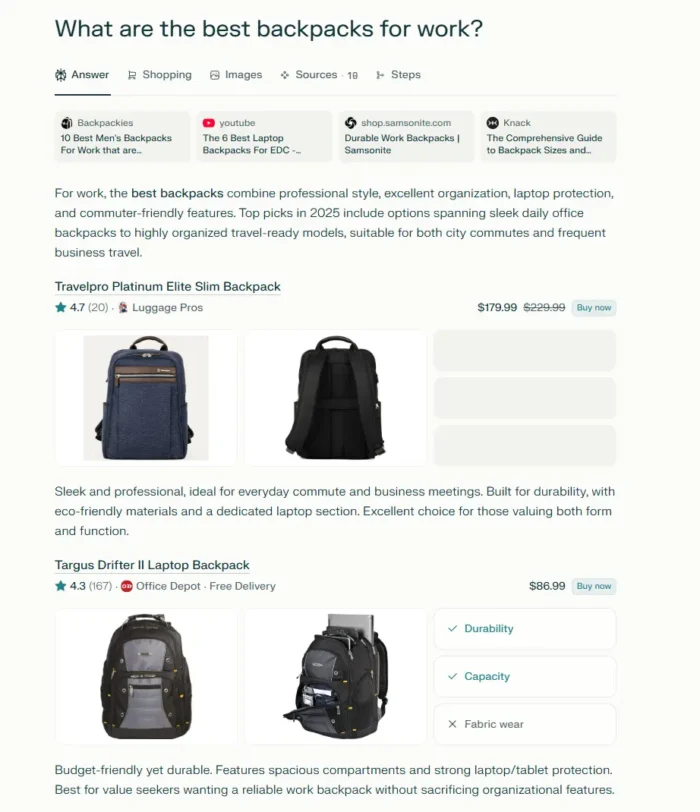Better B2B: Four Fundamentals for Persuasive B2B Design
Great design brings a consumer into contact with the core of a brand. A company’s mission, belief, and philosophy can be felt through the visual cues and the digital architecture of an online experience. Text size and tone, local...

Great design brings a consumer into contact with the core of a brand. A company’s mission, belief, and philosophy can be felt through the visual cues and the digital architecture of an online experience. Text size and tone, local image use, color choice–these elements can be as or more powerful in creating consumer motivations than the one-on-one sales calls of the past.
For years, web designers and UX architects have worked to establish the fundamentals of persuasive design. But when a company’s target user is another company, those fundamentals change in important ways. Business to Business (B2B) decision-makers have long and complex buy-cycles. They rely on information as the motivating element. Developing web design that’s successful in selling to a team of top professionals is a process that starts at the drawing board–and one that not every team gets right.
Below are four critical forks in the road where B2B and Business to Consumer (B2C) design differ–including essential best design practices that change minds.
First Things First: Getting to Know Your User
Specificity is a valuable asset in the process of design. Great web designers begin with their end-user in mind, and they learn everything they can about that user before they start. User persona development is the process of researching a user market, accumulating data around their interests, preferences, and purchase habits, and then reflecting those insights in their web development. The idea behind a well-defined user persona is that the needs of individual people give designers a good idea of the needs of larger groups; spending time, resources, and money at this stage is always well-advised.
However, developing strong user personas is more important and complex in B2B design. B2B sales decisions are made by groups, not individuals, and those groups are usually made up of professionals across the corporate hierarchy. Just as the user experience needs to appeal to an entry-level employee, it also needs to engage a CEO, a founder, and a boardroom full of stakeholders who might have the final say. The more time and resources spent developing corporate user personas, the more successful and robust the final design.
The Art of Information
Consider how many power points, soft pitches, cold phone calls, and ‘big ideas’ pass by a professional’s desk daily. If that professional hasn’t learned something new during those exchanges, there’s no chance they’ll remember the pitch by the time they’ve left the parking lot (or walked from the living room office into the kitchen).
The best thing a B2B website can do is offer a decision-maker the information they’re looking for. Market research, industry insights, and well-organized shareholder information is often the most valuable corner of the website. Business in the B2B space is won through valid, dependable, evidence-based solutions. Executives need not only to understand the product or service in full; they also need to be able to accurately represent the offer with the information they’ve learned to other decision-makers on their team.
It’s equally essential that the available information is easily accessible. Having a clear and visible search bar in addition to an aesthetically pleasing navigational menu helps users explore the website easily and quickly find what they need. The home page can offer specific pathways geared to different users, listing site pages specifically for executives, management, investors, and other relevant user profiles.
Patience: A B2B Virtue
A recent report by TrustRadius found B2B technology buyers consult 6.9 sources of information before they take the dive. That number is 35% higher than it was before the pandemic. Technology buyers aren’t alone; new research shows that B2B buyers are involving more people in their decisions and spending more time researching products than they ever have before. Business-oriented websites need to be easy, elegant, and welcoming to encourage return visits. The more often the user comes back, the more likely they will return one day with a purchase of goods or services.
When an online experience is constructed with the unique needs of its user in mind, the user can instinctively understand and appreciate the time and resources invested to that end. Websites filled with modern, aesthetically pleasing design elements and concise, information-heavy text feel like modern offices–clear glass windows, beautiful furniture, well-dressed and knowledgeable sales executives ready to help. Starting with accurate user personas, maximizing information, and improving multi-user navigation constitute the online equivalent of a great sales meeting. From there, patience is all that remains–the eventual ‘yes’ is there for the taking.

 Kass
Kass 
































